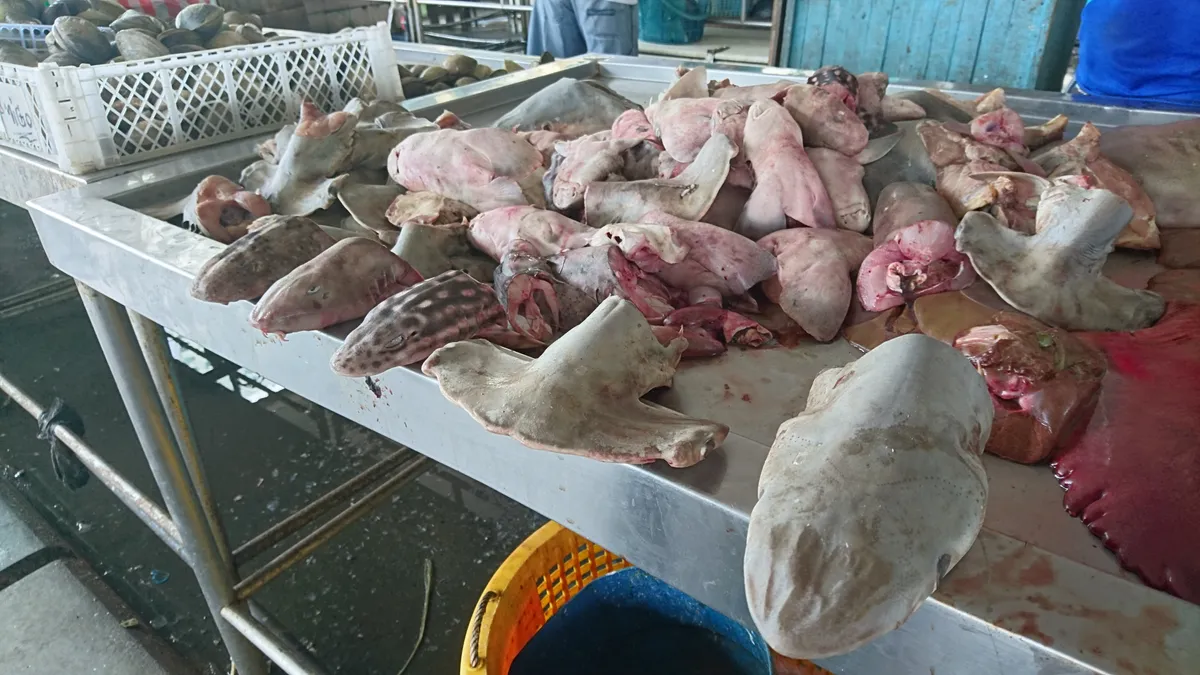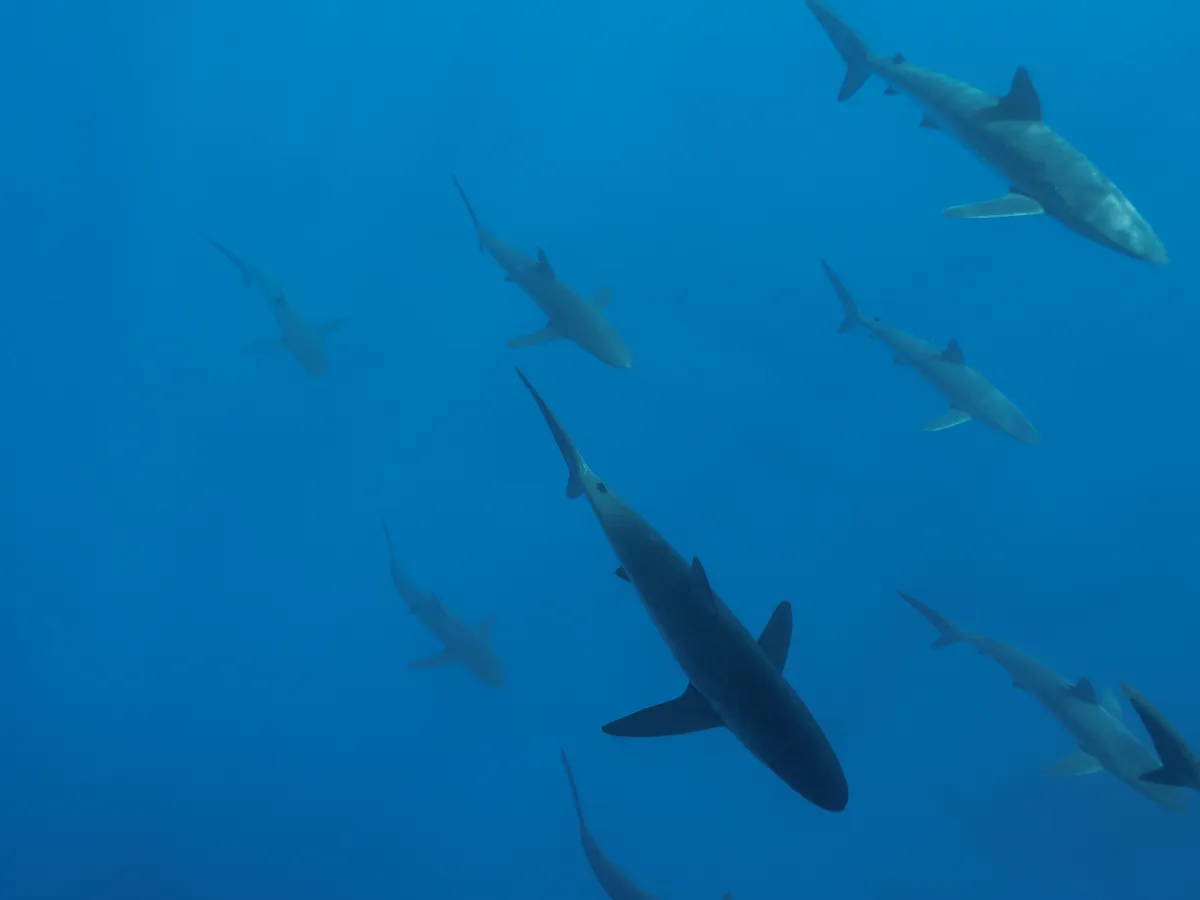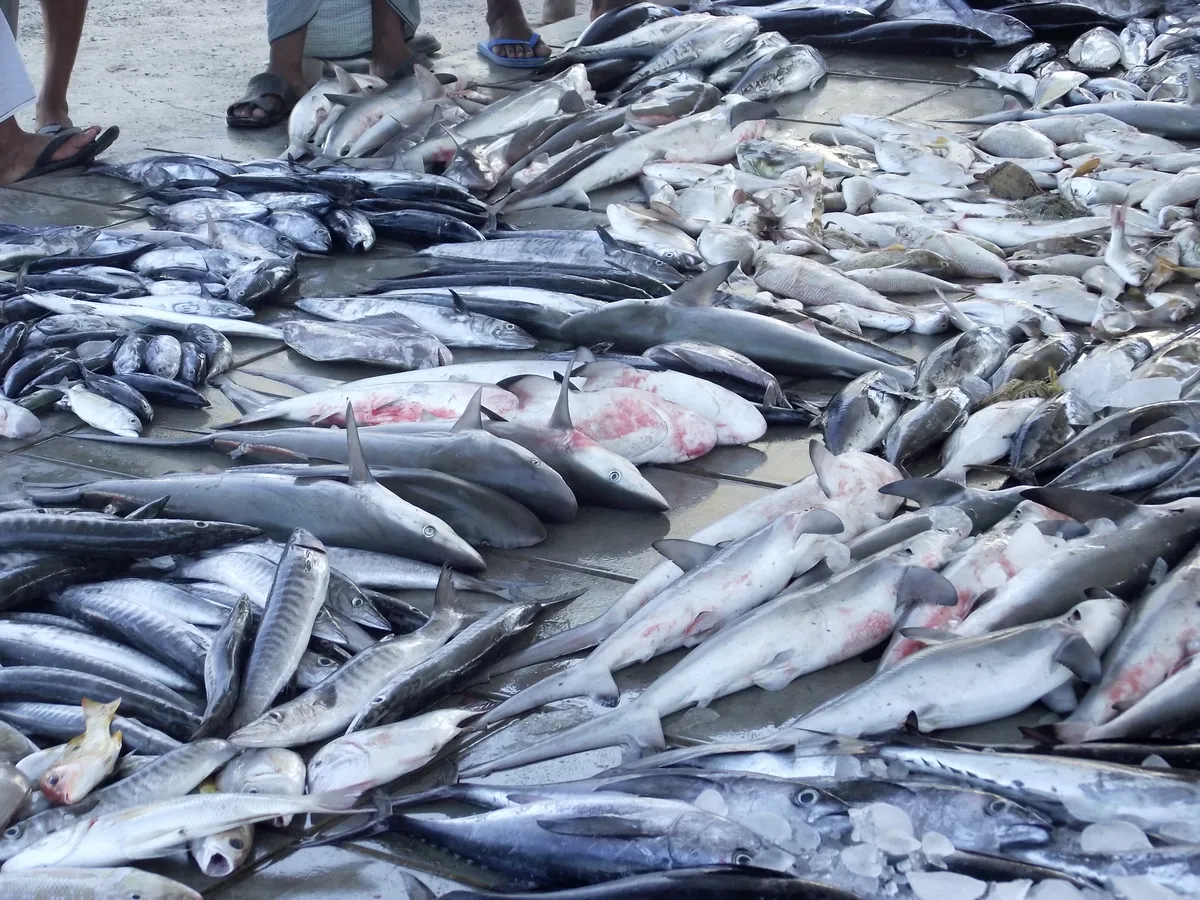The wildlife trade monitoring network TRAFFIC reveals that 80 per cent of sharks and rays caught globally can be attributed to just 20 traders, making up 600,000 metric tonnes (mt) per year, according to their new report An Overview of Major Shark Traders, Catchers, and Species.
A range of shark and ray species have undergone massive declines, largely due to over-exploitation for their fins and meat.
Sharks and rays are particularly vulnerable to overfishing due their relatively late age of sexual maturity and slow rate of reproduction.
“Urgent measures are required to combat the over-exploitation and lack of accurate catch and trade information of sharks and rays. As key predators, the continued wellbeing of these populations is essential to the overall health of our oceans,” says Nicola Okes, co-author of the report.
TRAFFIC notes that vessels from Indonesia, Spain, India, Mexico and the US topped the list of catchers between 2007-2017.
East Asia accounts for over 90 per cent of shark fin imports, where they are traditionally consumed as a soup to signify prestige. Hong Kong SAR was by far the largest importer, averaging 9,060 mt per year, followed by Malaysia, mainland China and Singapore.
Shark and ray meat, on the other hand, is mostly consumed by Brazil, Italy, Spain and Uruguay, which collectively account for 57 per cent of global imports over the past decade.

The migratory nature and broad geographical range of many sharks and rays makes them especially hard to protect.
“We need the main catchers to take responsibility and put in place monitoring and management measures to stop further declines of sharks and rays,” adds Nicola Okes.

Many sharks and rays are listed under CITES regulation, a set of laws governing the international trade of endangered wildlife, and the new report from TRAFFIC has resulted in the successful listing of two different species of mako shark.
Difficulties in identifying which individual species are caught, however, is hampering efforts to uphold these regulations and stem illegal trade. When reported to the Food and Agricultural Organisation of the United Nations, the majority of catch data is only listed at a shark group level, as opposed to a species by species basis.
“A key obstacle to the implementation of sustainable trade is the current lack of a universal traceability mechanism so we know how many sharks are being caught and whether those in trade are from sustainable and legal sources,” says Glenn Sant, TRAFFIC’s Senior Advisor on Fisheries Trade and Traceability.
TRAFFIC is working on a project called SharkTrack, whereby every shark product would be tagged at the point of capture, helping to identify those which have been illegally caught.
A risk assessment framework developed by TRAFFIC called M-RISK is now also available for major importers to use in order to scrutinise the sustainability of shark and ray products.
“Major importers need to take responsibility for their sustainability footprint as a result of importing products from species at high risk of over-exploitation,” adds Glenn Sant.

Main image: Manta ray.
